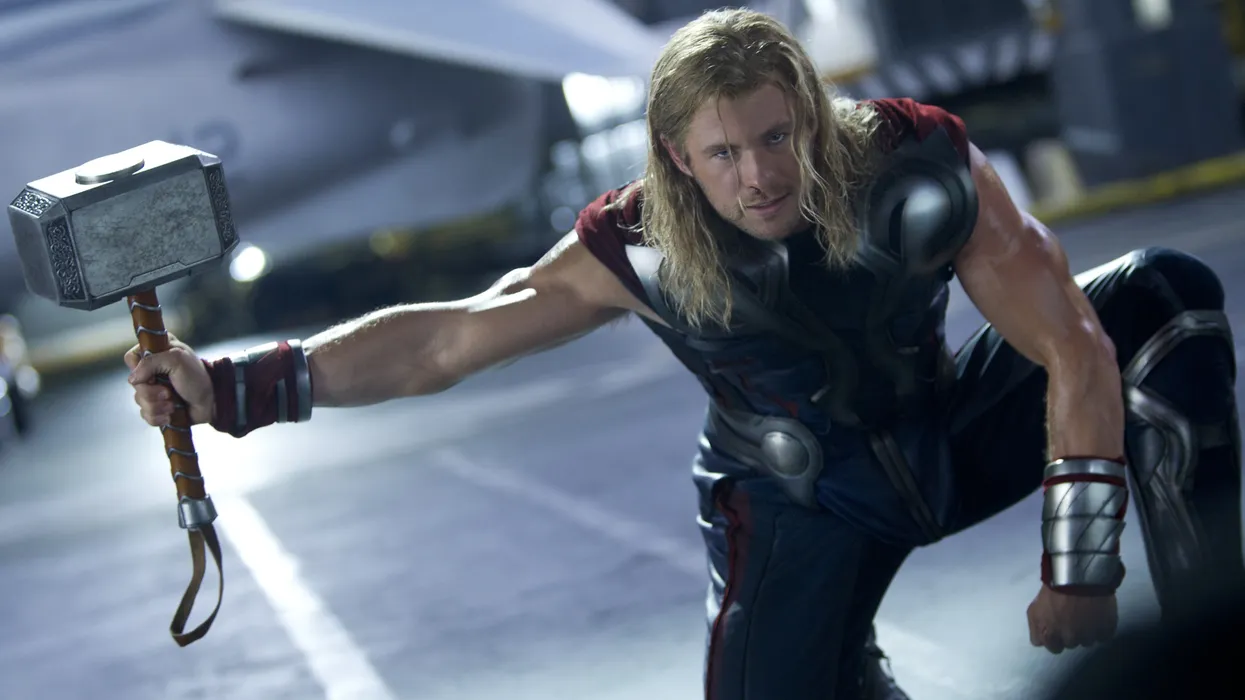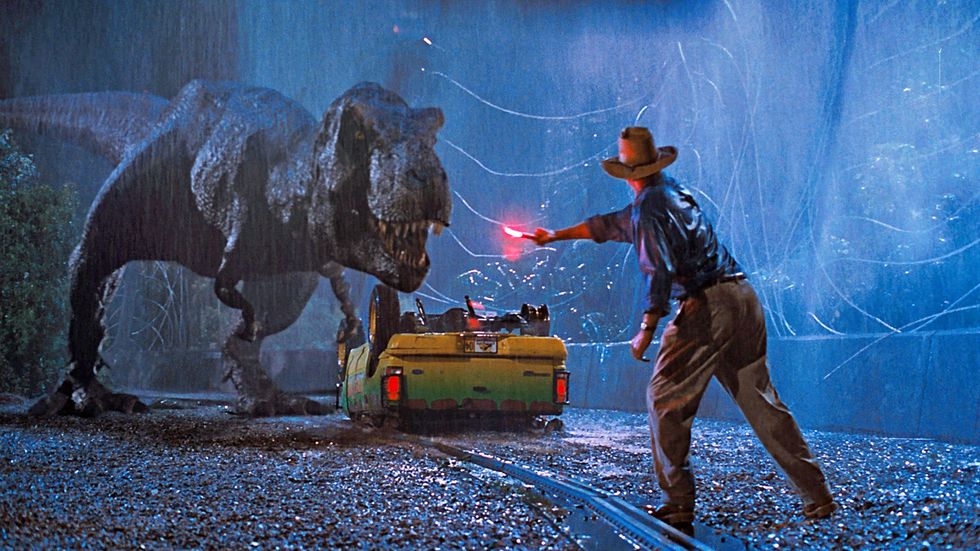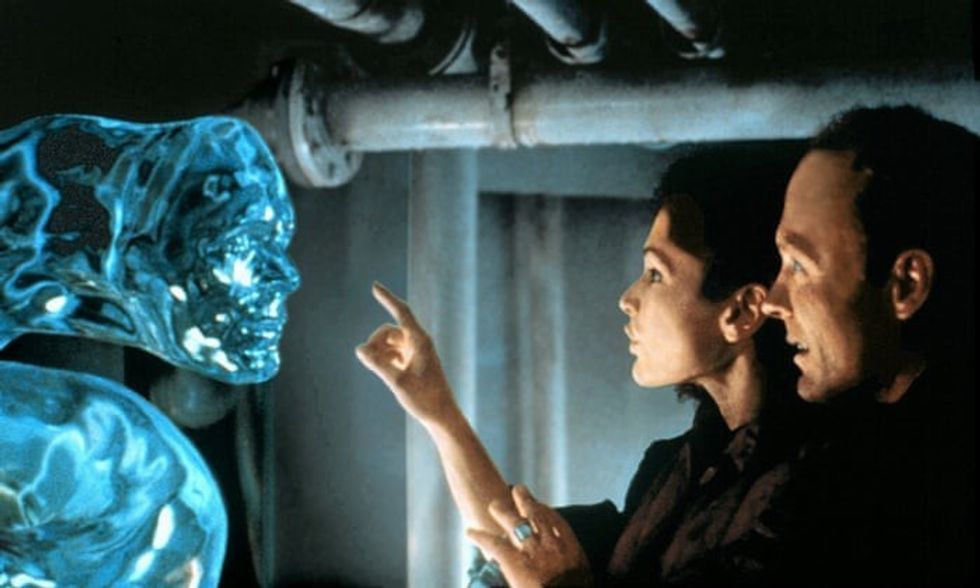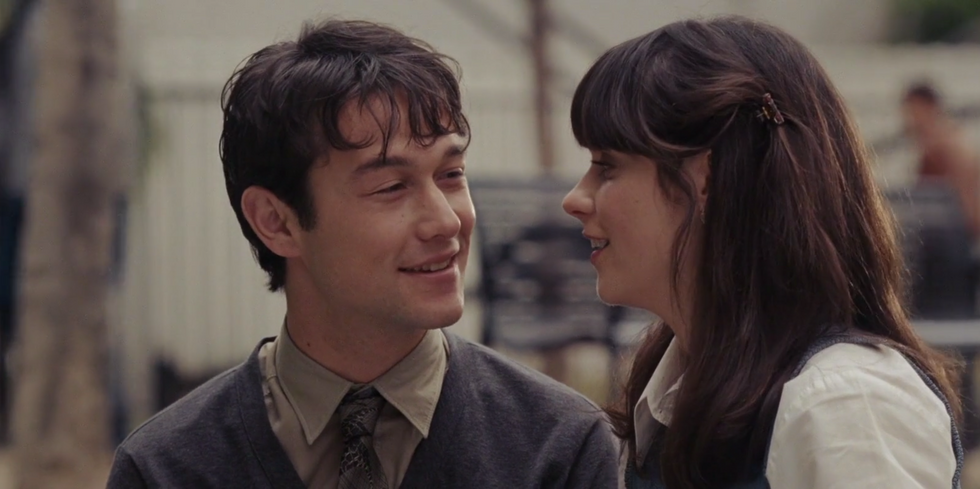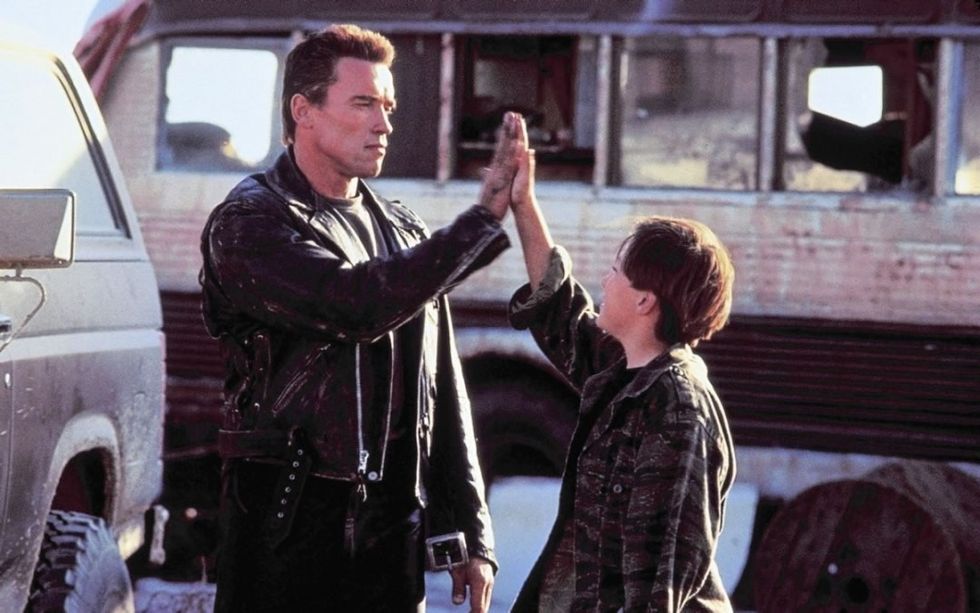Watch: Essential Tools That Will Help You Get Smooth, Cinematic Shots
Smooth camera movement can help make your shots look more professional and cinematic, but what gear should you use to get it?
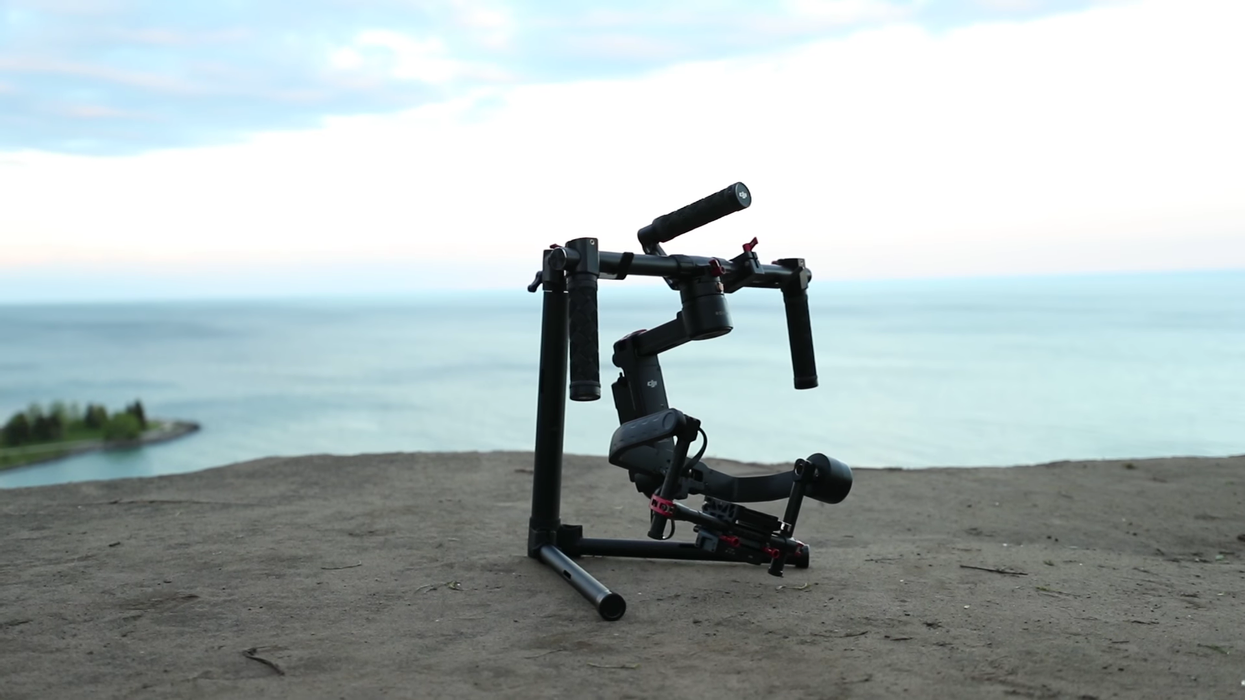
Since the advent of inexpensive gimbals to drones, indie filmmakers now have the ability to capture the images they've always wanted without having to rent massive Steadicam rigs or, you know, helicopters. This is an important development because camera movement is one element that really makes your work look more professional and cinematic without having to do a whole lot of song and dance. So, what kind of equipment should you use to capture those buttery smooth camera movements? Filmmaker Peter McKinnon shares a few ideas in the video below:
Most of you are probably pretty familiar with camera stabilization gear, like drones, gimbals, sliders, jibs, and dollies, but if you're just starting out, you may want to know a little bit more about working with them, including the challenges you might face on a film shoot.
Drones
I love the fact that any filmmaker can take to the skies and capture aerial shots. It's one of the more exciting cinematic developments that has happened in the last several years. However, there's a definite learning curve when it comes to piloting a drone. You can't just buy one and use it to shoot a film the next day; it takes tons of practice, knowledge of (and adherence to) drone laws, and a lot of budgeted time. So, if you do want to get some aerials for your project, make sure that you know your stuff beforehand.
Handheld gimbals
As another recent and exciting cinematic development, 3-axis gimbals have given us a cheaper alternative to Steadicams, and have helped indie filmmakers capture some of the coolest handheld shots in the last decade. One thing to keep in mind, though, is that while they're relatively straightforward to operate, they are more time consuming than you might think. Not only can they take quite a bit of time to calibrate (and re-calibrate), but you will get pretty damn fatigued from holding even a moderately heavy rig all day, so be sure to give yourself plenty of time to get the shots you need.
Sliders
Other than a tripod, I think a slider is one of the first camera stabilizers a filmmaker should purchase, because you'll be throwing in those slow, subtle tracking shots in your film like it's nobody's business. Many of them of cheap, lightweight, and easy to use, so getting your hands on a slider is pretty much a no-brainer.
Move it in post
"Fix it in post" is not a piece of advice I'd ever give to a new filmmaker, because more often than not, no, you won't be able to fix it in post, and even if you can, it's not going to look as good. However, there are ways to give the illusion of movement to your static shots in post, which is great for 1.) those who messed up and should've added a slide or dolly to a shot, or 2.) those who don't own any camera stabilization equipment (which is actually kind of BS, because anyone who has a blanket that you can throw your camera on and pull it across the floor has a camera stabilizer...DIY, people!). All you have to do (in Premiere, at least) is go to your Effect Controls panel, hit the drop-down menu on Motion, and add a couple of keyframes to the position of your frame. You'll want to zoom in on your shot to give it enough extra room to complete the movement. (The more "distance" your "dolly" move covers, the more you'll have to zoom in.)
What are some other tips new filmmakers should know about camera movement? Let us know down in the comments.
Source: Peter McKinnon

